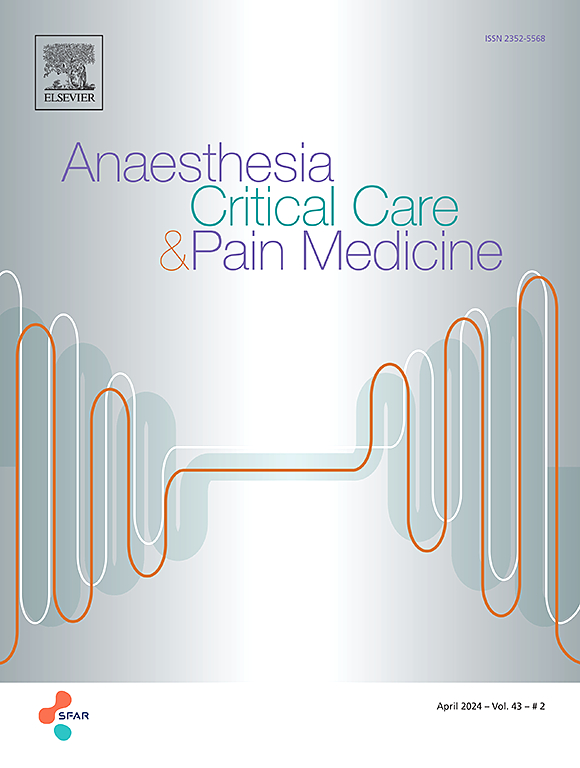Virtual reality for reduction of intraprocedural pharmacological sedation and analgesia in adult patients: A systematic review and meta-analysis
IF 3.7
3区 医学
Q1 ANESTHESIOLOGY
引用次数: 0
Abstract
Background
Pharmacological sedation and analgesia are used to alleviate discomfort during awake medical procedures but can cause adverse effects like apnea and hypoxemia, increasing the need for airway management and prolonging recovery. Virtual reality (VR) has emerged as a non-pharmacological intervention to reduce the need for procedural sedatives and analgesics.
Methods
A systematic review and meta-analysis were conducted, assessing the impact of VR immersion on intraprocedural sedation and analgesia usage in adults (≥ 18 years). We searched MEDLINE (PubMed), Embase, Cochrane CENTRAL, and Web of Science from inception to August 1st, 2024. We included analytical studies utilizing VR immersion in the intervention arm, and reporting tailored dosages of intraprocedural sedatives (propofol, midazolam) and/or opioids. Statistical analyses used standardized mean differences (SMD), and heterogeneity was assessed with I2.
Results
Of 2714 identified papers, 11 (560 patients) were included. VR significantly reduced propofol usage (SMD = −1.70; 95% CI −3.10 to −0.31; P = 0.02; I2 = 92%) and midazolam usage (SMD = −0.29; 95% CI −0.57 to 0.00; P = 0.05; I2 = 0%). However, our analysis showed no reduction in opioid usage (SMD = −0.21; 95% CI −0.60 to 0.19; P = 0.31; I2 = 74%) in the VR group.
Conclusions
VR immersion effectively reduces the required dose of intraprocedural sedatives, but its impact on opioid consumption remains unclear, especially in the absence of regional or neuraxial anesthesia. Further research is needed to clarify these effects and optimize VR use in clinical practice.
Registration
This review’s protocol was prospectively registered on PROSPERO (CRD42024569462).
求助全文
约1分钟内获得全文
求助全文
来源期刊

Anaesthesia Critical Care & Pain Medicine
ANESTHESIOLOGY-
CiteScore
6.70
自引率
5.50%
发文量
150
审稿时长
18 days
期刊介绍:
Anaesthesia, Critical Care & Pain Medicine (formerly Annales Françaises d''Anesthésie et de Réanimation) publishes in English the highest quality original material, both scientific and clinical, on all aspects of anaesthesia, critical care & pain medicine.
 求助内容:
求助内容: 应助结果提醒方式:
应助结果提醒方式:


